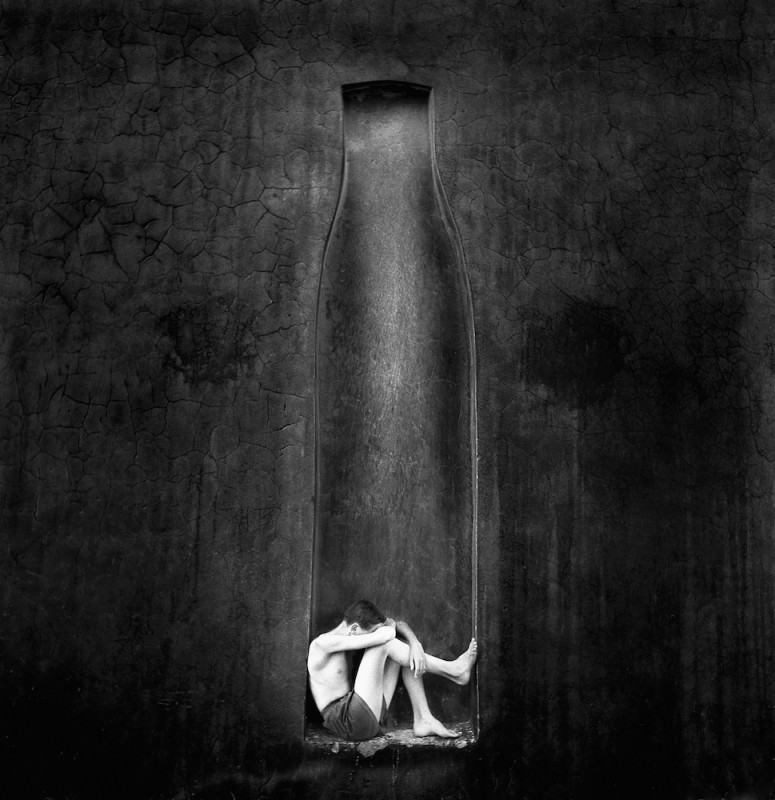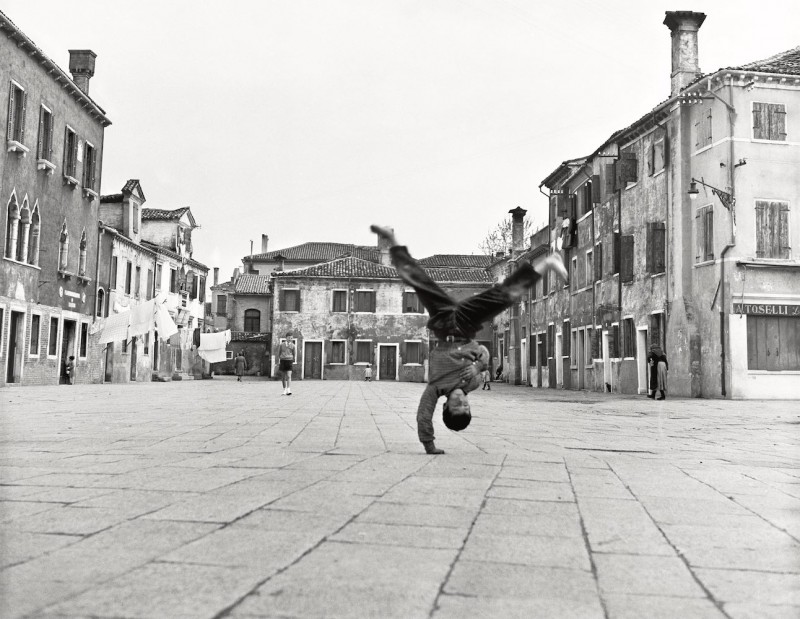Considered one of Italy's most important post-war modernist photographers, the Leica photographer passed away last Saturday at Campagnano di Roma. He was 93 years old.
“Piergiorgio Branzi, the Florentine photographer, came into prominence quite suddenly in 1953 and has been at the forefront of Italian photography ever since,” Leica Fotografie magazine reported back in issue 3/1960, and introduced him as a “Master of the Leica”.
“Branzi’s choice of subject matter is widespread and multifarious; however, the human element is always the uppermost and central theme of his pictures. His compositions are austere, though the formal component and pictorial content are given equal importance.” This typical mixture of formal perfection and natural elegance, combined with great photo-journalistic interest, would go on to define his work; even though, back then he only worked as a full time photographer for a short period of time, as his main job was as a journalist and successful television editor. It was only in the nineties that he returned intensely to photography.
As happened for so many Leica photographers, the initial spark for Branzi came with the discovery of Henri Cartier-Bresson's work, which he saw in a 1952 exhibition at the Palazzo Strozzi in Florence: “Even to this day I don’t mind admitting that it was a real shock for me,” he conceded a few years ago. What struck him was the realisation that you could read and document the world through the viewfinder of a camera, while at the same time bringing your own inner world and beliefs into play.
Many of his early pictures were exhibited and published, and garnered international attention; in next to no time, Branzi was acknowledged as part of the photo avant-garde scene of the post-war era, which established itself in Italy under the catchword “neorealism”. Closely connected to film, defined in particular by directors such as Roberto Rossellini, Vittorio De Sica and Luchino Visconti, neo-realistic photography represented a reaction to the enormous political, economic and social changes taking place in Italy.
Branzi was first involved in an exhibition in 1953, at the Mostra della fotografia italiana in Florence. In 1955 he travelled by motorbike through the south of Italy, as well as the Veneto region. Over the following years he expanded his tours to include other countries: Spain in 1956, Greece in 1957, and India in 1960. He became a member of the La Bussola and Misa photographer groups.
As of 1960, Branzi worked for the Radiotelevisione italiana (RAI), and between 1962 and 1966 was one of the first western television correspondents in Moscow. This was followed by two years in Paris, until he returned to Italy in 1968 to manage the news station. It was only in the mid nineties that Branzi put his focus on photography once more; in 2007 he also began working on experimental, digital pieces. In recent years, his oeuvre was rediscovered in numerous exhibitions. Among others, for example, the exhibition titled Flaneur that was held at the Leica Gallery in Salzburg, in the spring of 2016. In issue 4/2016, the LFI magazine dedicated its Leica Classic segment to the photographer.
In 2015, a comprehensive presentation of Branzi's life's work was published by Contrasto, under the title Il giro dell'occhio. His oeuvre and archive are now managed by the Fondazione Forma per la Fotografia in Milan. Piergiorgio Branzi passed away on August 27, 2022, a few days before his 94th birthday.
Ulrich Rüter


